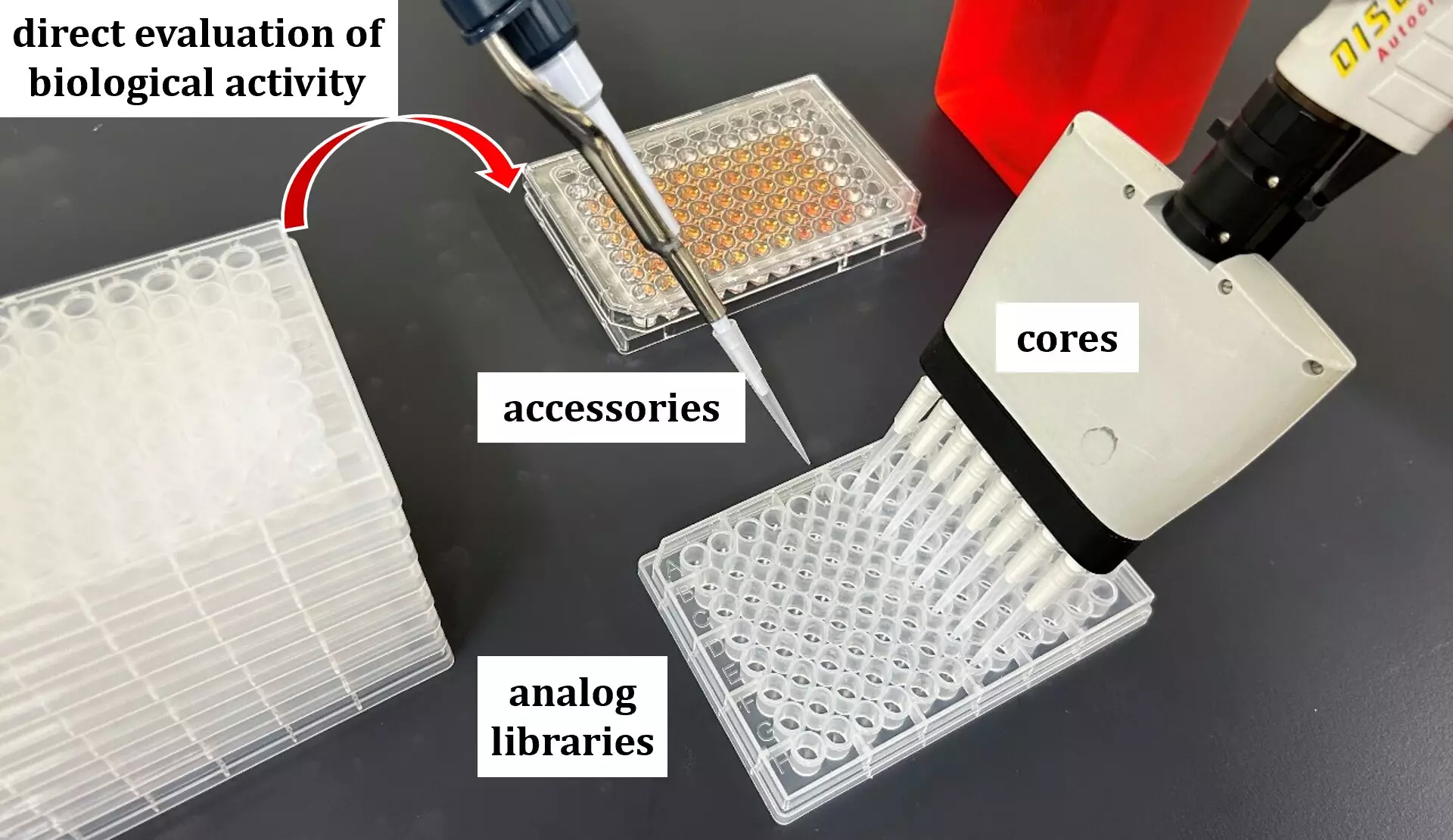The rise of drug-resistant bacteria presents an alarming crisis in global health. As antibiotic resistance antibodies grow more prevalent, the effectiveness of traditional treatments wanes, leaving healthcare professionals in dire straits. The World Health Organization has identified antimicrobial resistance (AMR) as one of the top ten global health threats, warning that infections which were once easily treatable could soon become lethal due to the inability to effectively combat these resilient bacteria. It is a battle that the medical and scientific communities must engage in with urgency. In an era where prevention is better than cure, discovering novel antimicrobial agents is not just beneficial—it is imperative.
Pioneering Research from Hokkaido University
Recently, a team at Hokkaido University, spearheaded by Assistant Professor Kazuki Yamamoto and Professor Satoshi Ichikawa, has made significant strides towards addressing this pressing challenge. Their innovative approach to drug discovery not only streamlines the identification of potential antimicrobial agents but also tackles the fundamental problem of resistance at its core. Their findings, published in the esteemed journal Nature Communications, highlight an advanced method of synthesizing new derivatives of known antibiotics to combat resistant bacteria more effectively.
Central to their research is an enzyme, phospho-N-acetylmuramoyl-pentapeptide-transferase (MraY), found within bacterial cell membranes. This enzyme is crucial for the survival of bacteria, facilitating the formation of lipid I, which is essential for maintaining cell wall integrity. The researchers focused on this specific enzyme, signaling a targeted strategy for overcoming bacterial robustness.
Innovative Drug Discovery Platform
The strength of the research team’s approach lies in their unique drug discovery framework known as the “in situ build-up library method.” By dissecting previously identified MraY inhibitors into two components—binding regions termed “cores” and the accessory regions that modulate their activity—Yamamoto and Ichikawa have established a systematic pathway for creating a vast library of potential drug candidates. From just seven cores and 98 accessories, they managed to generate an impressive 686 analogs, demonstrating both ingenuity and efficiency.
What distinguishes their methodology is the simplicity with which it allows for the chemical bonding between specific groups, such as aldehydes and hydrazine, to form new compounds. This facility in synthesis could very well expedite the drug development process, drastically reducing the time from conception to real-world application.
Promising Results Against Drug-Resistant Strains
Among the library of synthesized compounds, eight analogs emerged as strong contenders against MraY, showcasing robust antibacterial activity. Notably, Analog 2 demonstrated the most potent effectiveness against particularly troublesome drug-resistant strains. Early animal testing in mouse models yielded promising results, indicating potential for these analogs to transition from laboratory studies to clinical use—a crucial threshold in the journey of pharmaceutical development.
What further elevates the significance of this research is the low toxicity observed in tested analogs against non-targeted cells, an essential factor that could pave the way for safer, more effective treatment modalities for patients. With traditional antibiotics failing due to resistance, the discovery of new, less toxic compounds could greatly enhance our medical arsenal.
A Vision for Broader Applications
Interestingly, the impact of the researchers’ methodology extends beyond antimicrobial resistance. Their approach has also been effectively applied to discover active compounds within anti-cancer drugs like paclitaxel and vinblastine. The team’s ability to construct a library of nearly 600 analogs within a mere month underscores the versatility of their platform, suggesting that this innovative strategy could reshape the future of drug discovery across various fields of medicine.
This not only symbolizes a revolutionary advancement in tackling AMR but also inspires hope for addressing myriad health challenges through a refined and efficient drug discovery process. As the urgency surrounding antimicrobial resistance intensifies, continual exploration and innovation, as exhibited by this Hokkaido University team, is not just commendable—it is vital for safeguarding public health and advancing the field of medicine.


Leave a Reply